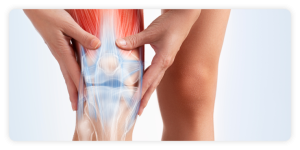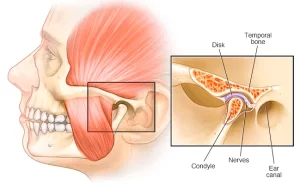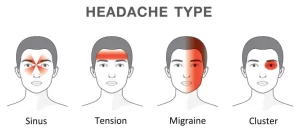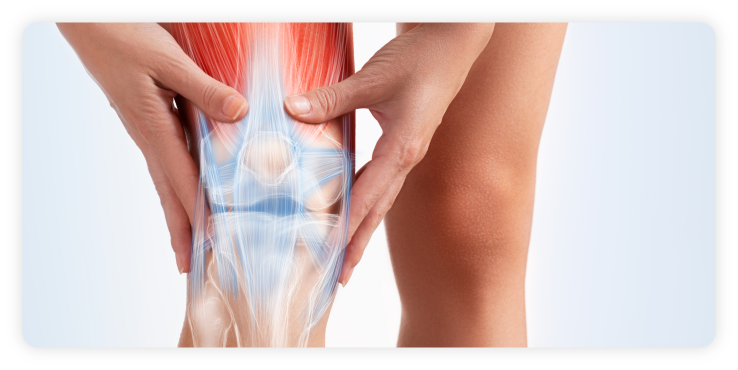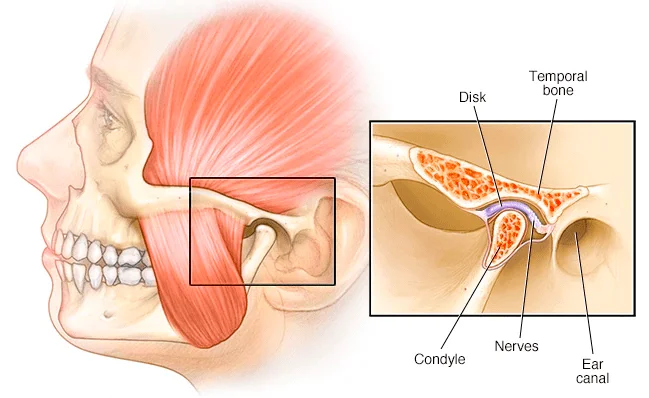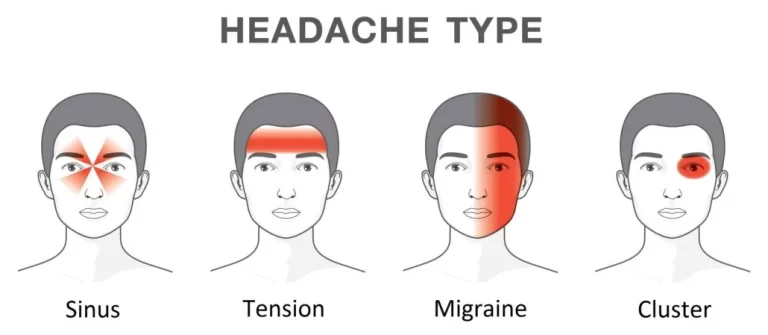What is Postural Lower Back Pain?
Postural lower back pain is any pain or discomfort in the lower back area that is caused by long-standing poor posture.
What causes Postural Lower Back Pain?
Poor postures often occur in sitting and standing positions and may develop from long periods of time at a computer or when driving long distances. This can put extra strain on ligaments, muscles, and tendons causing them to become overstretched and painful. If they are constantly in the incorrect position, these structures may become tight and normal movement may become more difficult. In such cases, consulting a chiropractor in Singapore can help address the underlying issues and support proper spinal alignment.
Symptoms of Postural Lower Back Pain
The main symptoms of postural lower back pain are pain, stiffness, and reduced range of movement in the area. Muscle spasms may be seen in the lower back region and this is one of the body’s protective mechanisms. Other symptoms may include numbness, tingling, pins and needles, gait problems, and balance problems.
Postural Lower Back Pain Treatment
The key to postural lower back pain management is to maintain as active as possible to prevent long-term stiffness and weakness. Therefore, physical therapy will include a personalised program of strengthening and range of movement exercises. Soft tissue massage, mobilisations, and gentle manipulations are techniques done to help reduce pain and muscle spasms. Cryotherapy, heat therapy, and electro-stimulation therapy may also be incorporated. Postural exercises will also be prescribed by your therapist to help alleviate back pain.
Do note to avoid activities that involve sitting or driving for long periods at a time. If this cannot be reduced, take regular breaks and carry out the postural exercises. Avoid repetitive activities as this may aggravate the symptoms further. If symptoms are ignored, the postural pain will get worse and become more difficult to reduce in the future. Chronic (long-term) postural problems may cause damage to the joints in the lower back which will make movement even more painful and could eventually lead to Arthritis. If in doubt, please seek professional advice.
Seeking Support for Postural Back Pain?
If you’re experiencing ongoing discomfort due to poor posture or long hours of sitting or standing, professional care may help. Visit our chiropractic clinic in Singapore to learn how targeted therapy can support better posture and ease back strain.
Check out our popular articles: Diastasis Recti, Tight Back Muscles, Irritable Bowel Syndrome (IBS), Temporomandibular Joint (TMJ) Dysfunction, Tennis Elbow, Wrist Tendon Injury, Sciatica, Whiplash, Hernia, Herniated Disc (Slipped Disc).

